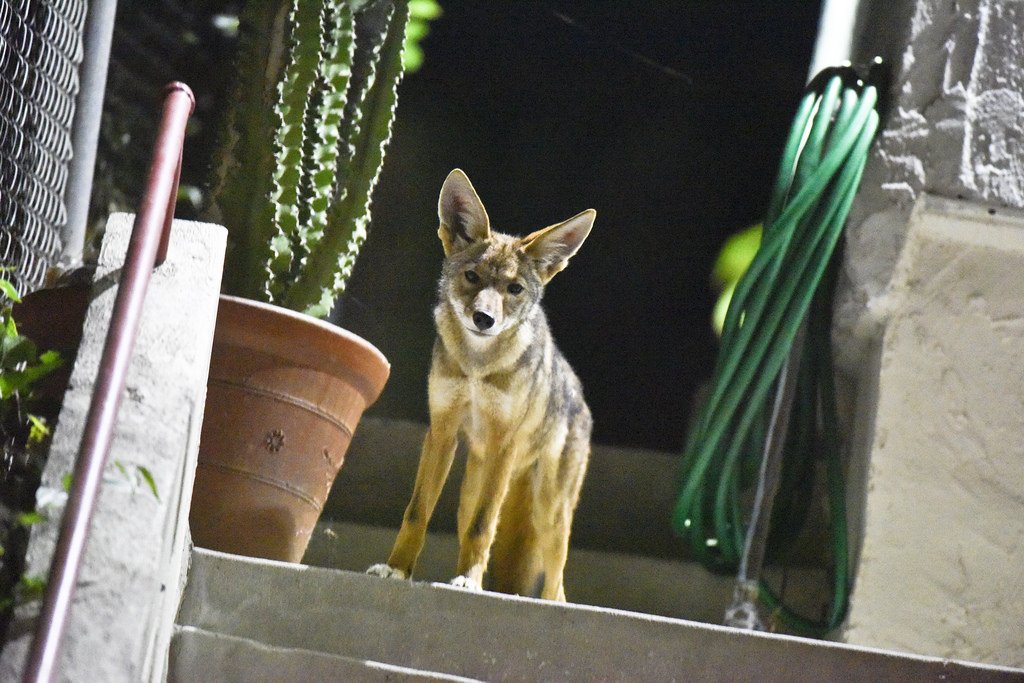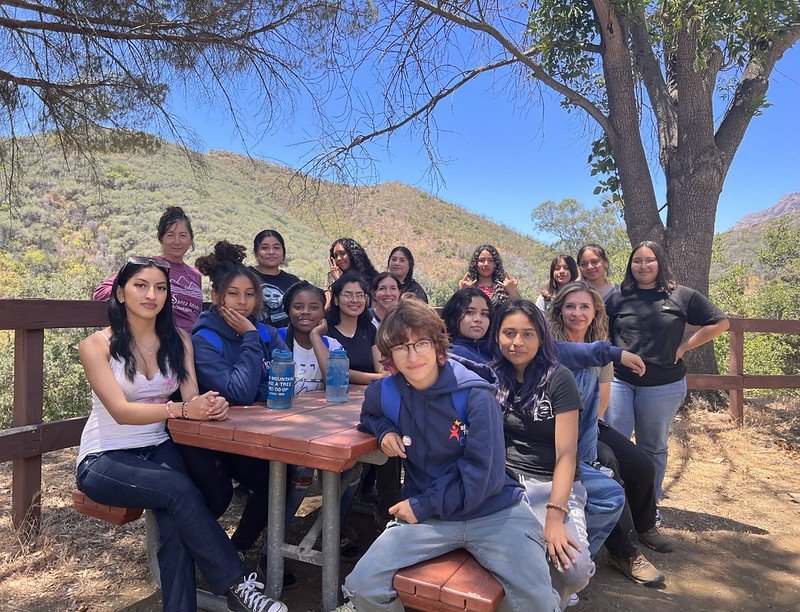
Nature NeighborThe Santa Monica Mountains National Recreation Area is one of the largest urban parks in the country. It lies within close reach of 18 million people, allowing easy access to outdoor recreation and wildlife viewing.
Living so close to wild places and wildlife can present challenges. The Nature Neighbors Project aims to educate communities in understanding how to live close to wildlife, value natural habitats, and approach the challenges of co-existing with nature.
Nature Neighbors provides advice and tools for protecting property, pets, and family, while reducing urban impact on wildlife and habitat.
Find out about our current projects below.
Thanks to the Support of the John Logan Foundation.
Community outreach & Education
To date, Nature Neighbor has hosted a total of 100 in-person and virtual presentations to schools, community groups and clubs, businesses, cities, and homeowner associations (HOAs). Between the 85 live programs and events and 15 virtual presentations, we have connected with over 7,000 community members.
Topics range from coexisting with wildlife, managing invasive plants, minimizing light and stream pollution, and keeping pets safe. Data and findings come from two decades of wildlife research supported by SAMO Fund and National Park Service.
High school curriculum development
Nature Neighbor is collaborating with a science curriculum author to develop a high school curriculum introducing teens to the Santa Monica Mountains and the challenges to the wildlife within the National Recreation Area.
The course describes the mountains as “an urban island” and provides links for teachers and students to maps, articles, infographics, videos, and photos. These resources are developed from the two decades of wildlife research supported by SAMO Fund and the National Park Service.
Community consults & collaboration
In partnership with the #BreakthePoisonChain campaign, Nature Neighbor helps local organizations break their dependence on anticoagulant rodenticides (i.e., rat poison). What started as an educational campaign, showing how rodenticide poisons can negatively impact wildlife, has evolved into developing practical solutions, for example, the installation of owl boxes and raptor perches for natural predation pest control.
Our Project Team collaborates with community partners (local HOAs, Oak Park School District, Las Virgenes Municipal Water District) to find the best locations and install the owl boxes and raptor poles. These locations are monitored closely so necessary changes can be made, if necessary.
Community Building Online
To complement our in-person outreach, Nature Neighbor has launched a public education campaign via Facebook. This is a six-program video series in which Ranger Cathy tackled subjects like coexisting with coyotes or setting up your own wildlife camera in your shared natural habitat.
Resulting videos can be seen at this link
The National Park Service’s website details nine ways to help our wildlife neighbors flourish and how to live in harmony with nature.




